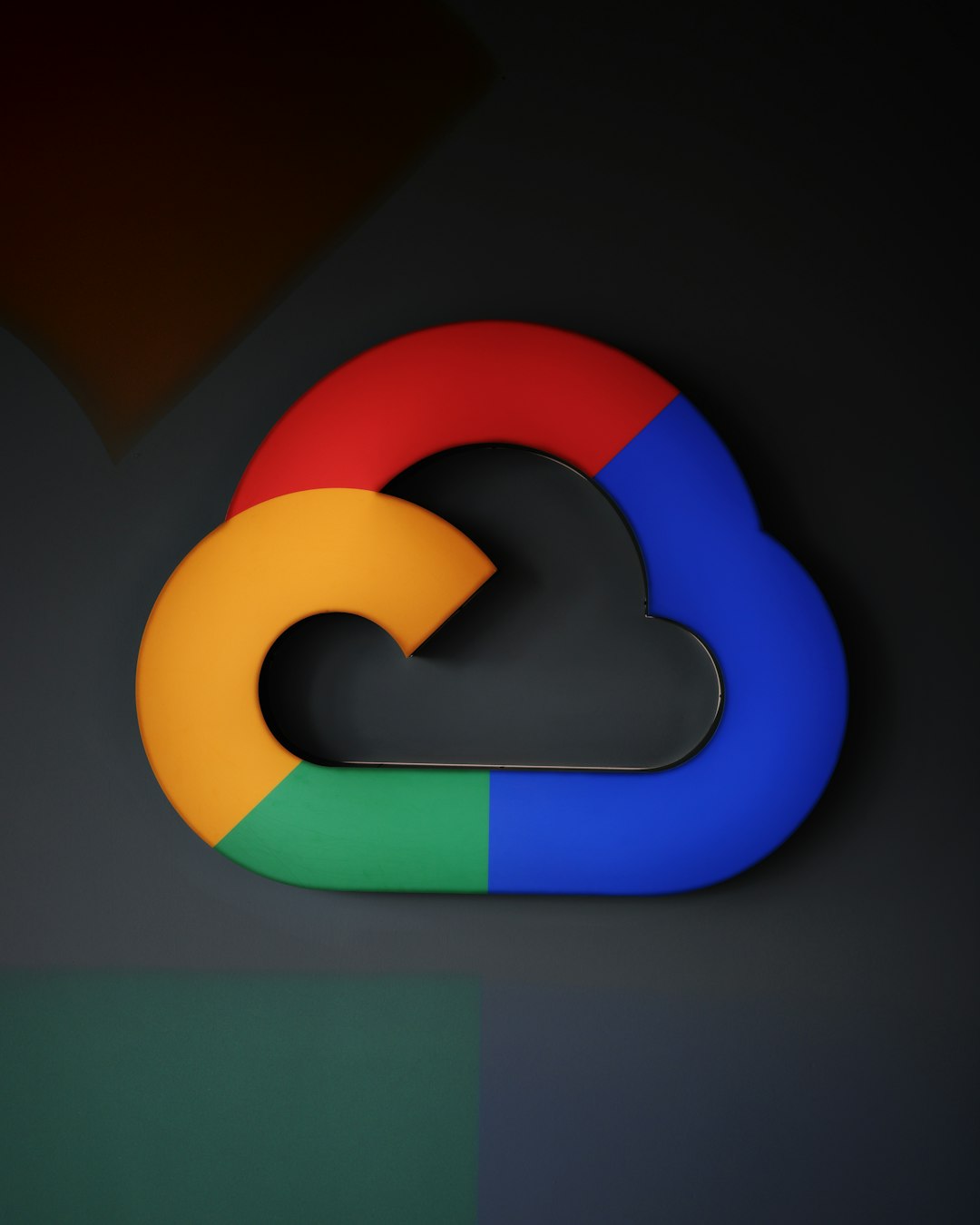When you’re storing data in the cloud, the number one worry is security. No one wants their sensitive information getting into the wrong hands. Google Cloud offers a powerful set of encryption features that every U.S. organization should know about. The best part? Most of these features are built-in and easy to use. Let’s break them down in a fun, simple way.
1. Encryption at Rest
First things first—encryption at rest. This means your data is encrypted when stored on disk. Think of this like locking your data in a safe when you’re not using it.
Google Cloud automatically encrypts all data at rest using 256-bit AES encryption. No setup needed. It’s on by default!
- Automatic encryption: You don’t have to lift a finger.
- AES-256: Super strong, government-grade encryption.
- Key rotation: Google rotates encryption keys regularly, just like changing locks when needed.
Great for backups, file storage, and even your favorite cloud databases.
2. Encryption in Transit
Okay, so the data is safe at rest. But what about when it’s moving? That’s where encryption in transit comes in.
When your data moves from your computer to the cloud—or between cloud services—it’s encrypted using Transport Layer Security (TLS).

- TLS 1.2 and 1.3: Secure protocols to stop snoopers.
- End-to-end encryption: Data is secured until it reaches the right place.
- No extra steps: Built-in and seamless during transfers.
It’s like sending your secrets in a locked briefcase—only the receiver has the key.
3. Customer-Managed Encryption Keys (CMEK)
Want even more control? Enter CMEK. With Customer-Managed Encryption Keys, you get to manage the keys used to encrypt your data.
- Hosted in Cloud Key Management Service (KMS): Use Google’s tools, but keep full control.
- Key rotation policies: Rotate when you want to, for extra protection.
- Audit logs: Track who accessed or changed your keys.
You stay in charge. Google can’t access your data unless you let them. It’s like owning the keys to your own digital vault.
4. Customer-Supplied Encryption Keys (CSEK)
Need even more control? Try Customer-Supplied Encryption Keys.
With CSEK, you bring your own keys. Store them outside Google Cloud. Only you know the key. This adds a whole new layer of security.
- Extreme control: Only you hold the keys.
- Better for compliance: Great for regulated industries like finance and healthcare.
- Use with Cloud Storage or Compute Engine: Works across services.
One catch: If you lose the key, your data becomes unreadable. Guard it like you would your house keys!
5. Confidential Computing
This one is really cool. It protects your data even when it’s being processed. This goes beyond just “at rest” or “in transit.” It’s called Confidential Computing.

It uses special hardware called Trusted Execution Environments (TEEs) to protect data in memory.
- Intel SGX-enabled processors: Secure isolated spots to process data.
- Data stays encrypted in RAM: Even while being used!
- Ideal for sensitive workloads: Protection from insiders and malicious code.
This is Superman-style security for your data.
6. Google Cloud Key Management (Cloud KMS)
Managing keys doesn’t have to be hard. Google’s Cloud KMS lets you do everything in one place—generate, use, rotate, and destroy encryption keys.
- Integrated with GCP services: Works smoothly with BigQuery, Cloud Storage, and more.
- Audit logs: Track access and changes in real-time.
- Programmable via API: Automate your key management!
It’s like having a digital locksmith on your team—always ready to secure your stuff.
7. Key Access Justifications (KAJ)
This feature is all about transparency. With Key Access Justifications, you get a detailed reason every time Google might need access to your encryption keys.
- Logs and approve requests: You can allow or block access.
- Set rules: Only allow keys to be used under certain conditions.
- Total control: No surprises, no hidden access.
It’s like getting a knock on your door and a full explanation before anyone even steps inside.
8. External Key Manager (EKM)
Willing to go the extra mile? Use Google’s External Key Manager feature.
This one lets you store encryption keys entirely outside Google Cloud. The keys can live in a third-party system you trust.
- Works with CMEK: Adds another layer of security.
- No key, no access: Google can’t read your data without your say.
- Great for U.S. compliance: Helps meet strict legal and regulatory standards.
This is full control of your data, your way.
9. Data Loss Prevention (DLP) with Encryption Support
What if you don’t even know something sensitive is in your data? Google Cloud’s DLP API helps find and protect it!
- Scans for PII: Detects Social Security numbers, credit card info, and more.
- Automatically redacts: Keeps the sensitive parts hidden.
- Supports encrypted data: Operates even on encrypted datasets.
It’s like a detective that finds secrets and locks them away.
10. Unified Policies with Assured Workloads
U.S. organizations often have to follow strict security rules. Assured Workloads helps with that.
It lets you build apps and store data under policies that meet U.S. compliance regulations like FedRAMP and CJIS.
- Region-specific encryption: Data stays in allowed areas.
- U.S. support teams only: No foreign access.
- Policy enforcement: Systems stay compliant automatically.
This is a must-have for agencies, law enforcement, and financial firms.
Wrapping It All Up
Encryption is your cloud data’s best friend. And Google Cloud gives you layers upon layers of it.
From basic automatic encryption to full-blown confidential computing, there’s a feature for every need.
Here’s a quick summary:
- Encryption at rest: Always on, always safe.
- Encryption in transit: Locked during transfers.
- CMEK & CSEK: You hold the keys.
- Cloud KMS: Easy key control.
- Confidential Computing: Encrypt in use.
- KAJ & EKM: Max transparency and control.
- DLP: Scan, detect, and protect sensitive data.
- Assured Workloads: Stay compliant and secure.

So if you’re protecting medical records, financial data, or








